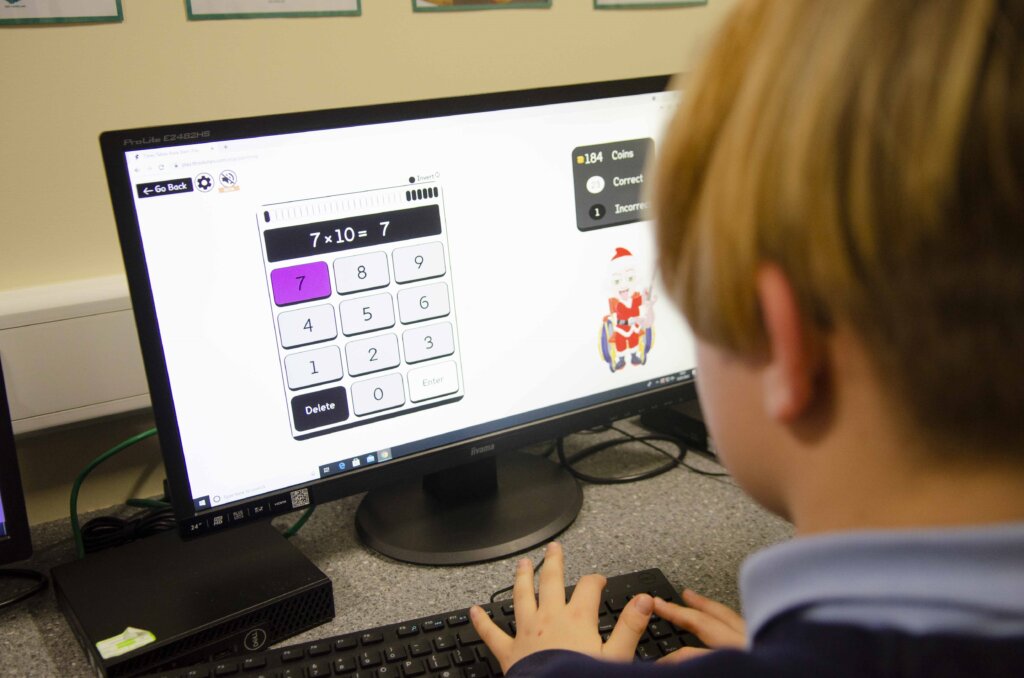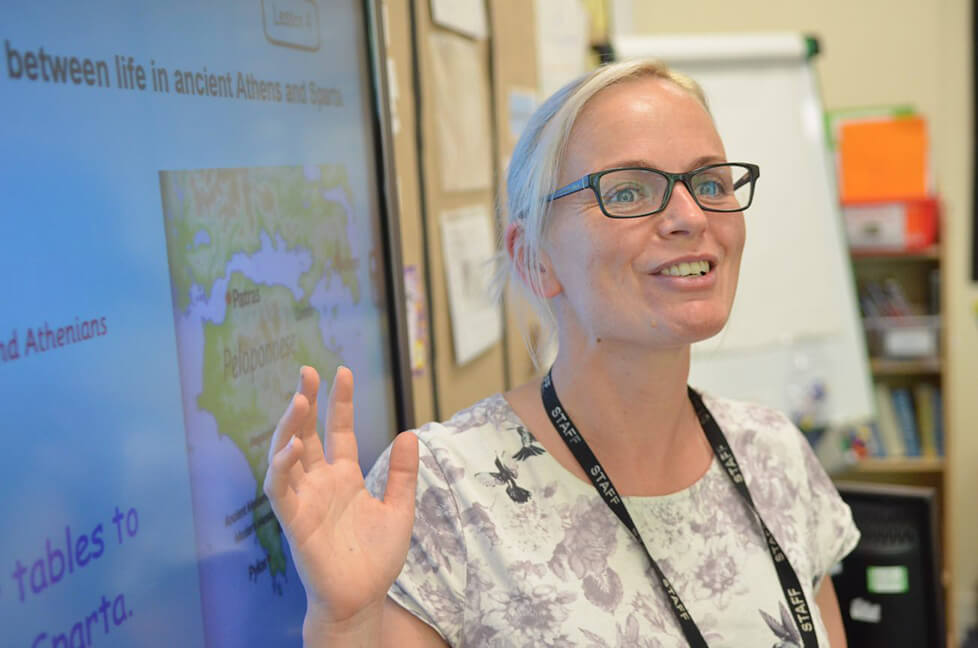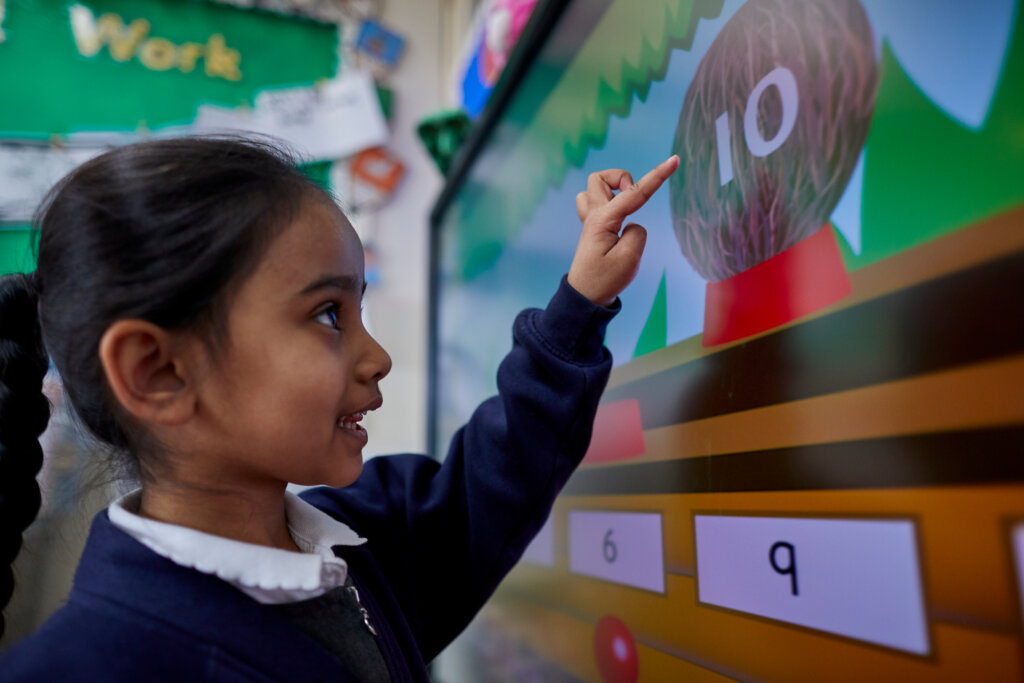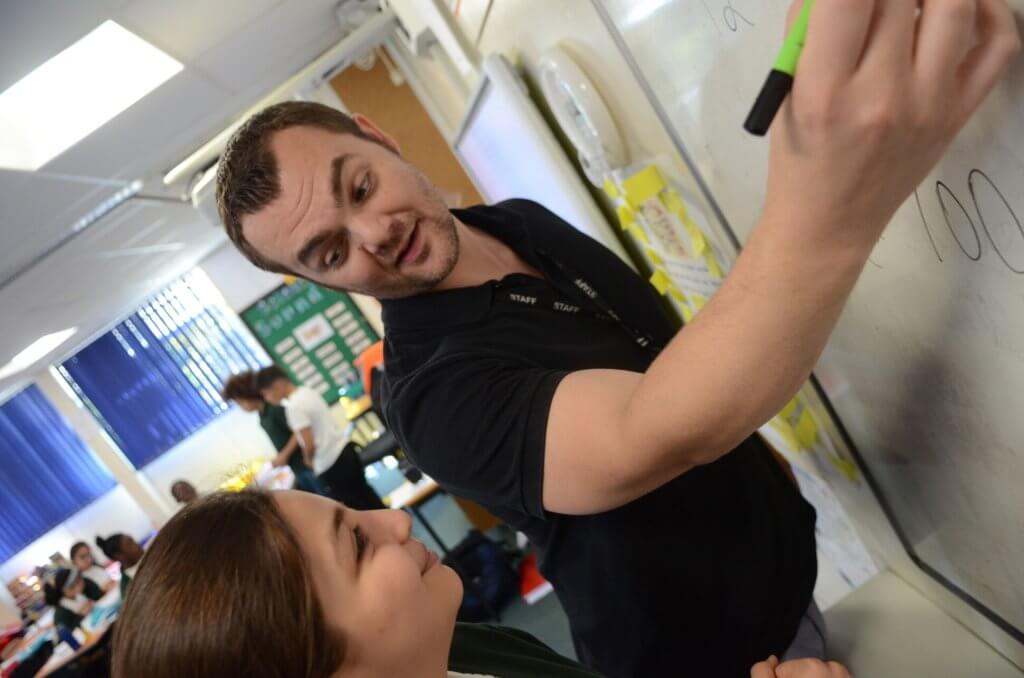What is World Mental Health Day?
Today, we celebrate World Mental Health Day, a global event organised by the World Health Organisation (WHO) on the 10th October every year. This day is dedicated to raising awareness about mental health and ensuring it is treated on par with our physical health.
The last few years have been challenging to say the least. The WHO recognises that the Covid 19 pandemic undermined the mental health of millions across the globe. As rates of anxiety and depression increased, access to mental health services diminished. Whilst most of the world has started to recover from the pandemic, many countries now face growing social and economic inequalities, as well as protracted conflicts and violence. In light of these crises, the theme of this year’s World Mental Health Day is to Make Mental Health and Wellbeing for All a Global Priority.
Outlining their mission, the WHO states:
‘We envision a world in which mental health is valued, promoted and protected; where everyone has an equal opportunity to enjoy mental health and to exercise their human rights; and where everyone can access the mental health care they need.’
The Importance of Mental Health in Schools
Working in schools, we understand that mental health is just as important as our physical health. When children are struggling with their mental health, their ability to learn is often limited, as they struggle to concentrate or engage with their lessons. They may even be less likely to attend school. But it is not just pupil attainment that suffers. Without the right support, children with poor mental health can struggle to form friendships, manage conflicts, or cope with the stresses of everyday life.
That is why it is so important to promote wellbeing in schools, equipping children with the skills they need to manage their emotions, and giving them the confidence to speak out whenever they need help.
Mental Health & Wellbeing Activities
Wellbeing should be a key feature of everyday life in school, embedded in the school values and curriculum. But World Mental Health Day gives us the perfect opportunity to discuss our top tips and ideas for supporting mental health.
Get outdoors
Connecting with nature is vital for our mental health. Being outdoors is known to inspire children’s imagination and nurture their independence. Allowing your pupils to reflect on the natural world and consider their place within it can help children to gain a sense of meaning, awe and wonder.
One of the most popular ways to immerse children in nature is through Forest School. Here, children can take part in all kinds of activities, from making mud pies and flower crowns, to roasting marshmallows over the fire. Older children can also practise their teamwork skills, building dens or taking part in scavenger hunts.
Alternatively, you can set up a gardening club, giving children a sense of responsibility and achievement as they grow their own vegetables, fruits and flowers. Or take your pupils on an adventure to explore places of natural beauty nearby, allowing children to develop their orienteering skills whilst developing a love for the local environment.
Get active
Physical health and mental health are closely interlinked. It is important to ensure that children stay active throughout the school day, boosting their mood and energy levels whilst reducing the risk of anxiety and stress.
Lunch time is the perfect opportunity to get children moving. Nominate pupils to act as Sports Leaders, responsible for organising games on the playground, teaching younger students and making sure everyone gets involved. Ensure children have access to all the resources they need, from bibs and hockey sticks to beanbags and footballs.
Inside the classroom, taking brain breaks can give your pupils the chance to reset and refocus. There are plenty of resources and videos online, from storytime yoga and virtual work outs, to groovy dance routines!
Get thinking
Mindfulness and reflection can increase self-awareness and empathy for others, supporting children’s development of emotional literacy and appreciation for everyday life. With these essential skills, children can build resilience and improve their general wellbeing.
Why not start the day with a mindful minute, bringing children together to do some breathing exercises, reflect on the five senses, and consider the things they are grateful for? Or take time out in between lessons to engage in soothing activities, such as puzzles and colouring-in. Even traditional games like I Spy and Simon Says can be great ways to help children reflect, relax, and stay grounded.
By setting up a Worry Box or a Kindness Jar, you can also encourage pupils to explore their emotions and put their feelings into words. Read their messages at the end of the day so you can help children respond to any challenges and create a positive classroom culture. Help younger pupils and non-writers by having a visual check in system. Pupils who share that they are struggling can then be followed up.
We hope that this blog has provided you with some inspiration for supporting your pupils’ mental health and championing wellbeing across your school. But remember that building a strong culture of wellbeing requires a whole-school approach.
With our vast range of services, we will ensure that your staff have the support they need to focus on excellent teaching, putting wellbeing at the heart of their practice and building positive relationships with pupils.
If you need help embedding wellbeing within school life, we can support you with our One Wellbeing service, bringing together Educational Psychologists, Speech & Language Therapists, SEND Practitioners, as well as Safeguarding and HR specialists to develop a whole-school plan to support wellbeing for all members of your school.
Get in touch to find out more.















